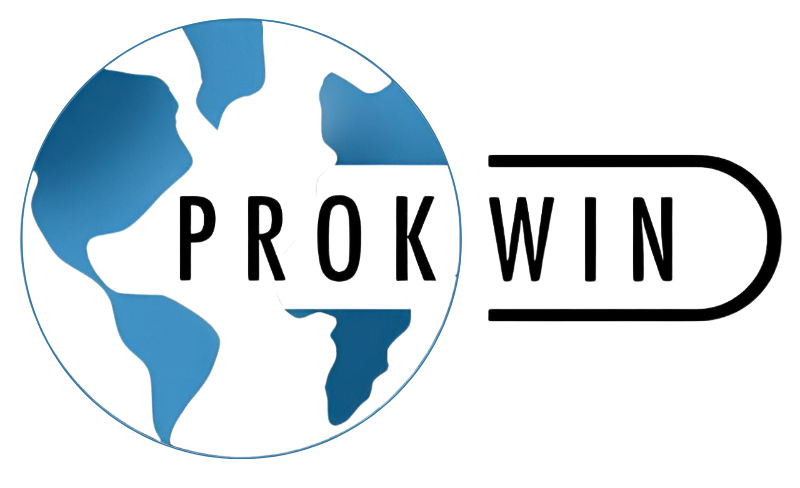Why is procurement one of the most audited functions within any organization?
It’s a high-risk function: it involves significant financial transactions & can be a target for fraud, corruption, & other unethical practices. This makes it a key area of focus for internal & external audits.
But,
Compliance is complex, the regulations are constantly evolving, with new laws, & industry standards emerging regularly….
This makes it challenging for procurement to stay informed & ensure 100% compliance.
So how can we tackle this in 5 steps?
1. Know the Rules!
✅ Understand the organization’s procurement policies, procedures, & approval processes
✅ Regular updates for relevant laws, foreign Corrupt Practices Act, & UK Bribery Act, & local regulation….
✅ Align with industry-specific standards
Avoid,
🚩 Bypassing established approval processes or making exceptions without proper justification.
🚩 Engaging in business transactions with entities or individuals from high-risk jurisdictions without proper due diligence & compliance measures.
🚩 Failing to comply with industry-specific regulations, such as those related to data privacy or environmental sustainability.
2. Transparent Processes
✅ Implement fair & open bidding processes to avoid conflicts of interest.
✅ Maintain detailed records of all procurement activities, including contracts, communications, & approvals.
✅ Disclose potential conflicts of interest to relevant stakeholders.
🚩 Sole-sourcing contracts without proper justification or awarding contracts to suppliers with undisclosed conflicts of interest.
🚩 Lack of proper documentation or incomplete records that cannot be easily audited.
🚩 Failing to disclose potential conflicts of interest or attempting to conceal them.
3. Supplier Due Diligence
✅ Conduct thorough background checks on suppliers to assess financial stability, reputation, owners & compliance history.
✅ Identify & mitigate potential risks associated with suppliers (corruption, fraud, or human rights violations).
✅ Incorporate appropriate clauses in contracts to address compliance & risk mitigation.
🚩 Engaging with suppliers with a history of financial instability, legal violations, or human rights abuses.
🚩 Entering into contracts without adequate safeguards or failing to enforce contractual obligations.
4. Training & Awareness
✅ Provide regular training to procurement teams on compliance policies & procedures.
✅ Maintain open communication channels to address compliance concerns & promote a culture of ethical procurement.
✅ Establish a confidential reporting system to encourage the reporting of potential compliance violations.
🚩 Lack of awareness among employees about compliance policies and procedures.
🚩 A culture of fear or retaliation that discourages employees from reporting potential compliance violations.
5. Continuous Monitoring & Improvement
✅ Regular internal & external audits to assess compliance is key.
have I missed anything important?


No responses yet